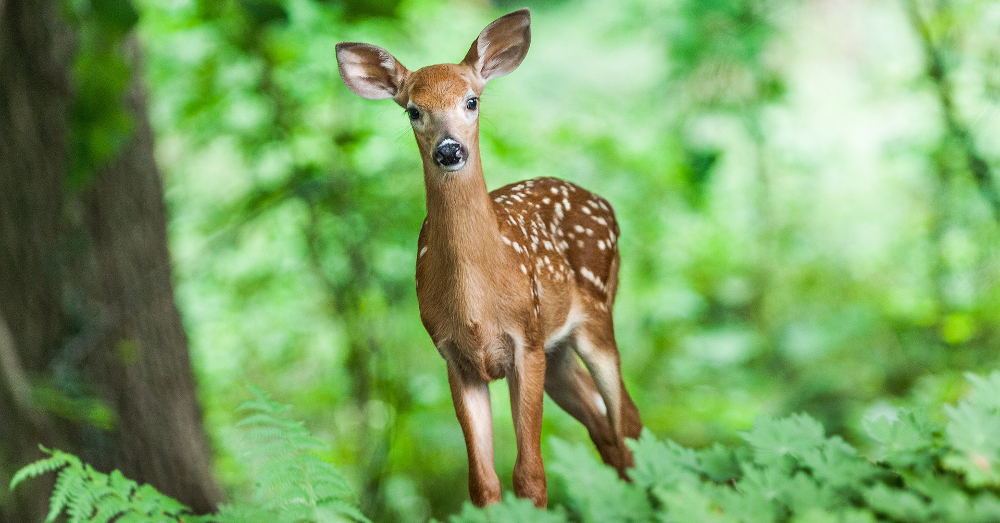
‘Surprising’ Discovery Made About Chronic Wasting Disease
Known as chronic wasting disease, or CWD, it has baffled scientists for decades. Where did it come from, and why is it spreading across the landscape? What health risks might it pose to humans who eat parts of infected animals? And can cattle get it from infected deer, elk, and moose, thus introducing it into the human food chain?
June 1, 2015 | Source: Food Safety News | by Cookson Beecher
An infectious brain disease that has been killing deer, elk and moose both in the wild and on “captive farms” continues to stalk the land, expanding its domain to 23 states and two Canadian provinces since it was first identified in captive mule deer in a Colorado research facility in 1967.
Known as chronic wasting disease, or CWD, it has baffled scientists for decades. Where did it come from, and why is it spreading across the landscape? What health risks might it pose to humans who eat parts of infected animals? And can cattle get it from infected deer, elk, and moose, thus introducing it into the human food chain?
Recent research, primarily funded by the National Institutes of Health, has opened the door to one of the reasons this disease is so pervasive — and actually endemic in a large swath of land in northeastern Colorado and southeastern Wyoming.
